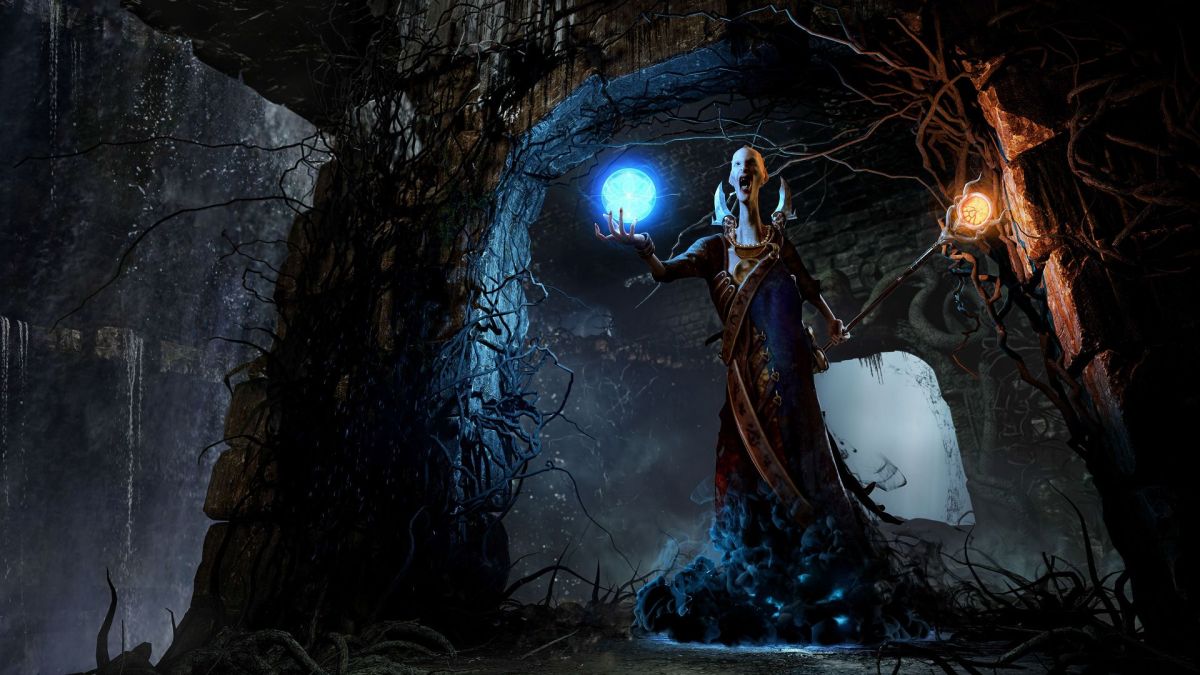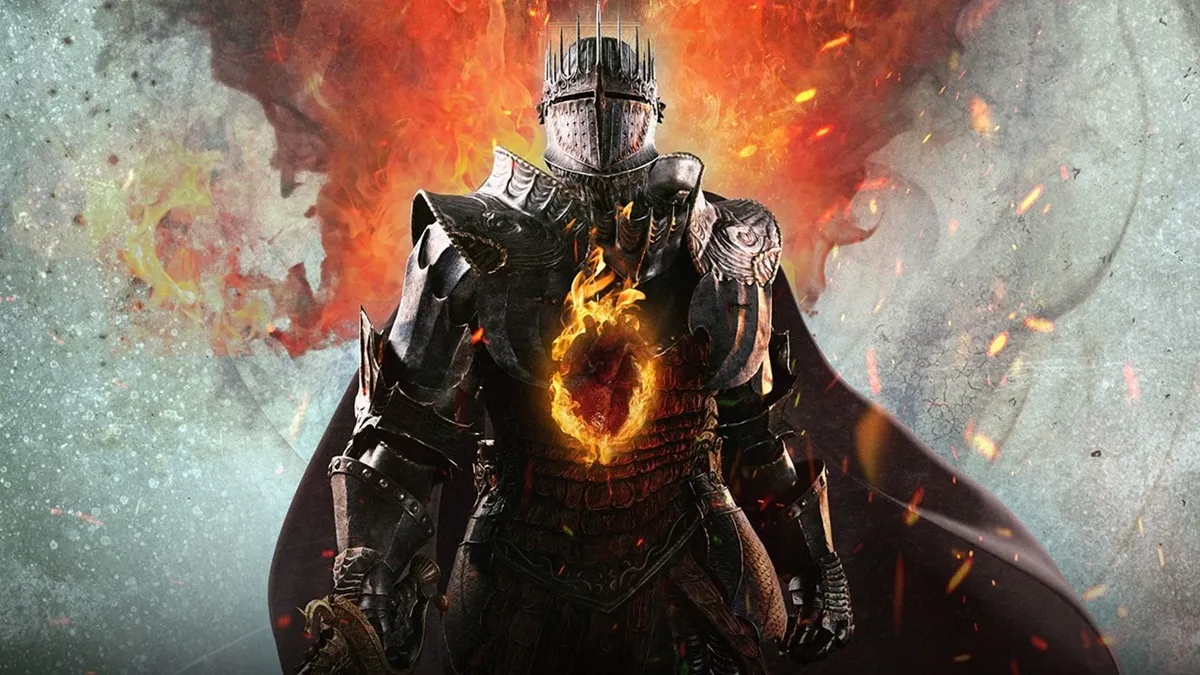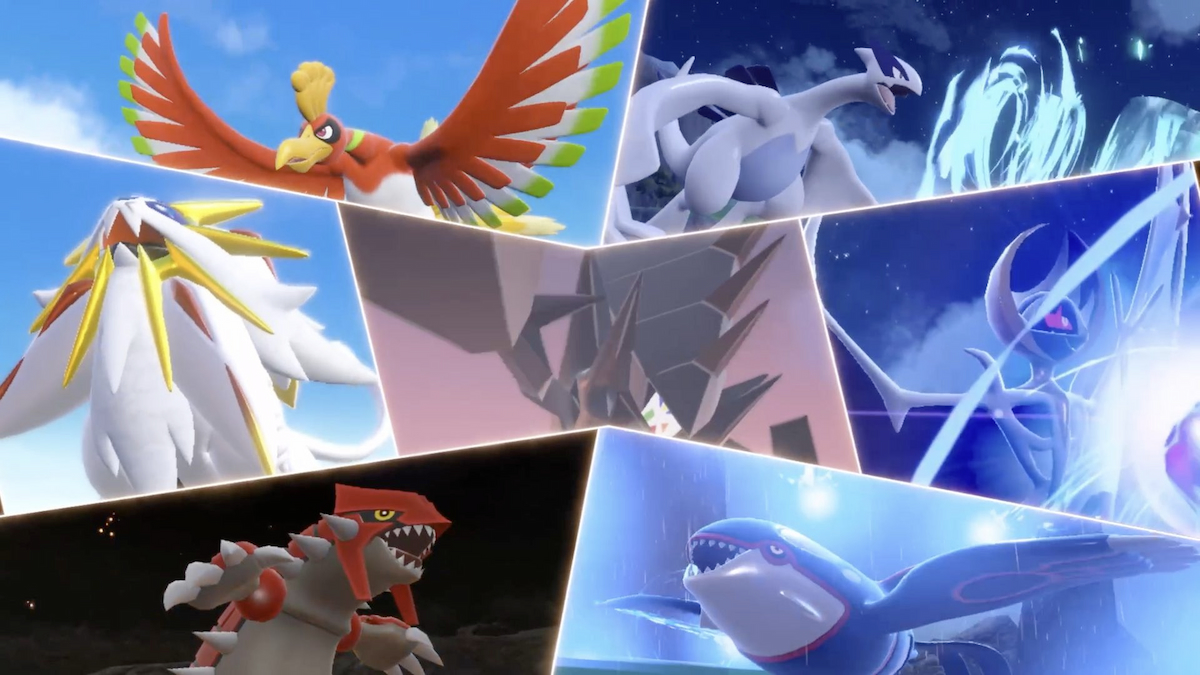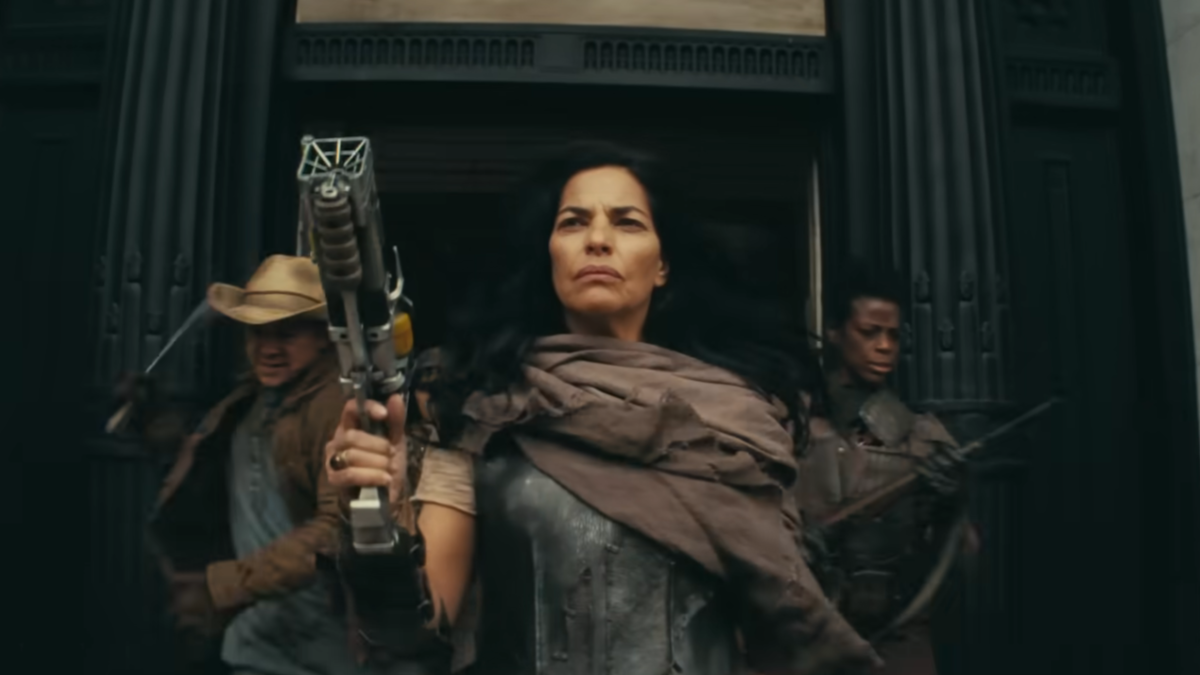A wonderful marriage between modern RPGs and classic dungeon crawling
The original Bard’s Tale trilogy was developed by Interplay and published by Electronic Arts in the mid-to-late ’80s. Despite being hard as nails, that trilogy is generally seen as a hidden gem among classic RPGs. They had incredible music, writing, and addicting dungeon crawling gameplay that kept you pushing forward.
Three decades later, the series is back and I had the chance to play an early preview build of The Bard’s Tale IV: Barrows Deep from inXile Entertainment. And after spending a little more than seven hours with it, I can safely say the world of Skara Brae inXile Entertainment has crafted is dark, complex, and interesting — as well as wonderfully written and voice acted. It’s a game that has been beautifully updated and reimagined with both modern and classic gameplay conventions that had me willingly explore every inch of its world.

Set over a hundred years after the events of The Bard’s Tale III: Thief of Fate, Skara Brae in The Bard’s Tale IV: Barrows Deep has seen better days. The political climate has gone off the deep end as a group called “Temple of the Swordfather” are persecuting and executing those they deem as “old races.” This basically includes Elves, Dwarves, Trows, and anyone that might align with them. Despite the serious tone, however, The Bard’s Tale IV is not without a dark and wicked sense of humor as well.
From the moment I started a new game, I was greeted with an opening scene of a group of folks being hanged. Prior to the hanging itself, however, there was hilarious small-talk and banter between this group, such as “How about a song before we go?” That was immediately followed up with “It will have to be a short one” as nooses descended before each of them.
This opening perfectly sets the tone of the entire demo and it only continued to build from there. The writing and dark humor is without a doubt my favorite aspect of The Bard’s Tale IV so far. In the time I spent in the dungeon underbelly of Skara Brae, I heard plenty of great dialogue and banter between my party, NPCs, and enemies alike. All of which is wonderfully voice acted and I could easily tell the voice cast were having a blast with some of the dialogue.
For those of you wondering if you need to play the original trilogy before playing this; I think if you did, it would add some extra context, but it’s certainly not a requirement. Hell, I only managed to survive a little over an hour into each of the three original Bard’s Tale games (make that about 15-20 minutes in The Destiny Knight), before seeing the game over screens.
That said, I never once felt like dialogue or lore was going over my head in The Bard’s Tale IV. Right after the hanging scene, you begin your adventure as a default character known as Melody (who happens to be a Bard). Shortly after, though, you’re given the option to create your own character and pick between four different archetypes, each with their own unique skill trees.
The character creation offers a number of different character portraits and models to choose between across seven different cultures. This includes four different groups of Humans, Dwarves, Elves, and Trow. Each of them also has a unique passive ability. The creation process also features a variety of male or female voices to pick between for your character.
Personally, I went with the “cynical female” voice, which included plenty of self-loathing dialogue that lived up to the cynicism. Notably, you can’t seem to change the name of specific character portraits, so despite making a new character, you could potentially still end up with Melody if you stick with the same character portrait.
You can select between four different archetypes in The Bard’s Tale IV. These archetypes include Practitioner, Fighter, Rogue, and Bard. Practitioners allow you to dabble in various forms of magic and spells, including the ability to summon monsters. Fighters are your typical tanks and berserkers, with better overall constitution stats than other archetypes, making them the best choice for taking hits and protecting more fragile characters.
Meanwhile, Rogues can get past enemy defenses and can land devastating blows, all while being able to conceal your party from enemy detection. Then, finally, you have Bards (which is what I went with). Bards basically act as your drunk support characters that can play various tunes on different instruments to buff other characters in the party. This requires spell points, however, which you gain as a Bard by consuming alcohol! Clearly, this was an archetype that spoke to my soul.
Each archetype also contains a different set of skill trees, with a variety of different skills to experiment with. The skill trees play a very important role in The Bard’s Tale IV. Because not only do they allow you to expand your move set, but, they also dictate everything from what type of equipment or weapons you can use, as well as different types of armor you can wear.

For example, as a Bard, you’ll first need to expand your skill tree in various instruments before you can use them, which in turn, allows you use different buffs and abilities from those instruments. Specific skill trees become more powerful and diverse the more skills you learn within that tree, allowing for plenty of experimentation. It’s just as deep as it is interesting.
At its core though, The Bard’s Tale IV is still very much a dungeon crawler. Running on the Unreal Engine 4, you explore the land of Skara Brae in a first-person perspective, with the first dungeon you’ll encounter simply known as “Lower Skara Brae.” Which is a much older section of Skara Brae that has been left to decay away beneath the new section of the city. Initially, when I first entered Lower Skara Brae, I was too busy going up to walls and gawking at the photogrammetry rendered textures and the incredibly dense and detailed environmental work.
In all honesty, at first glance, I thought The Bard’s Tale IV was simply just a first-person fantasy RPG. But, then I began to notice the makings of a dungeon crawler as I explored deeper into Lower Skara Brae. This decrepit place contains plenty of shortcuts strewn about, most of which are locked behind different puzzles (such as re-aligning cog pieces to open doors) or can only be accessed from one side or with a specific skill.
You’ll navigate this place through narrow pathways and streets that branch out everywhere in a maze-like fashion. While doing so, you’ll also stumble on various enemies that patrol these narrow paths and streets that will spot you if you’re too close in front of their limited vision. The Bard’s Tale IV may have captured my interest to keep playing with the dark humor, but it’s when I was dungeon crawling in Lower Skara Brae that I knew I was hooked.

As for the combat, it’s a turn-based affair with a mix of tactical positioning with your characters on a 4×4 grid. If you’ve played Darkest Dungeon you should take to it right away. Players can initiate combat by approaching an enemy from behind or before being spotted to get the first turn. If you’re spotted, however, the enemy gets the first turn. Various skills use up “opportunity,” which limits the number of skills and actions you can perform per turn.
Skills also have different ranges of effect, so for example, some skills can simply hit enemies directly in front of them. Others will only hit things within a specific area of effect on the grid. Certain skills require a turn or more to charge. For example, I ran into a particular enemy with a skill that could one-shot anything in front of it, but, it first needed to be charged. So, I could either simply move my characters out of the way on the grid or attempt to disrupt the attack’s charge by hitting the enemy with mental damage.
Overall, it’s a combat system that is just as deep as every other aspect of the game I’ve mentioned so far, and it’s all the more rewarding because of it. I’m sure there are a million other things I’ve glanced over, such as the larger puzzle rooms, to blood drinking cultists, and even a Soup Nazi. In fact, the developers themselves have even mentioned what’s in the preview build is only scratching the surface of the content that will be in the full game.
Everything I’ve seen and played so far blends together perfectly in The Bard’s Tale IV. This is a game that combines the best of both classic dungeon crawling and modern RPGs. The Bard’s Tale IV is also just another example of how inXile Entertainment is currently thriving with crowdfunding and simply making great games with the motto of “if you want it, we’ll build it.” For more information on the development of The Bard’s Tale IV, be sure to check out CJ Andriessen’s interview with lead designer David Rogers.
[This piece is based on a preview build of the game provided by the publisher.]




